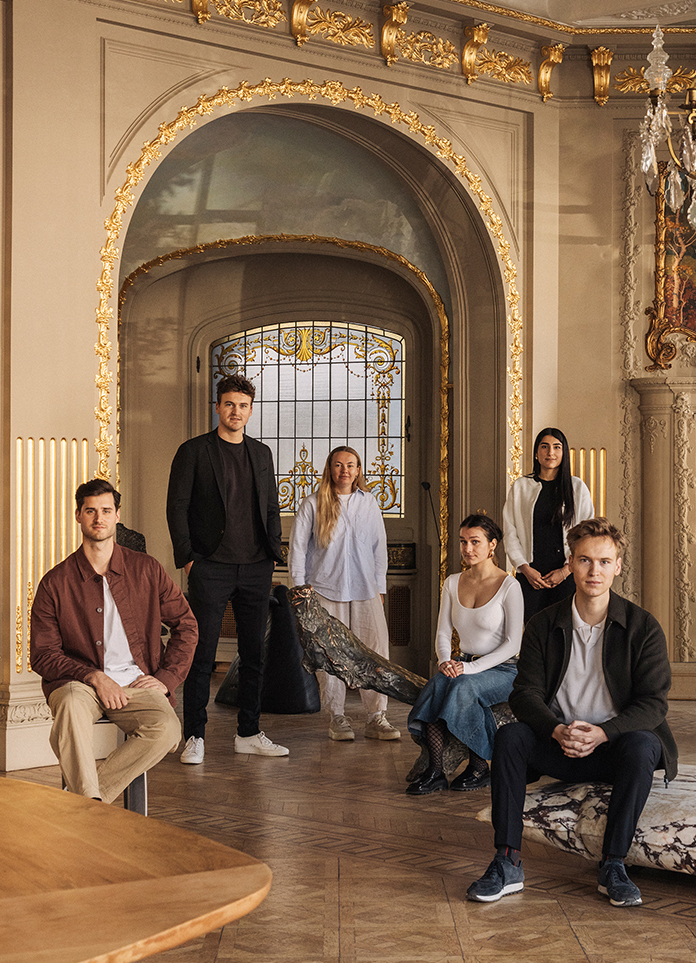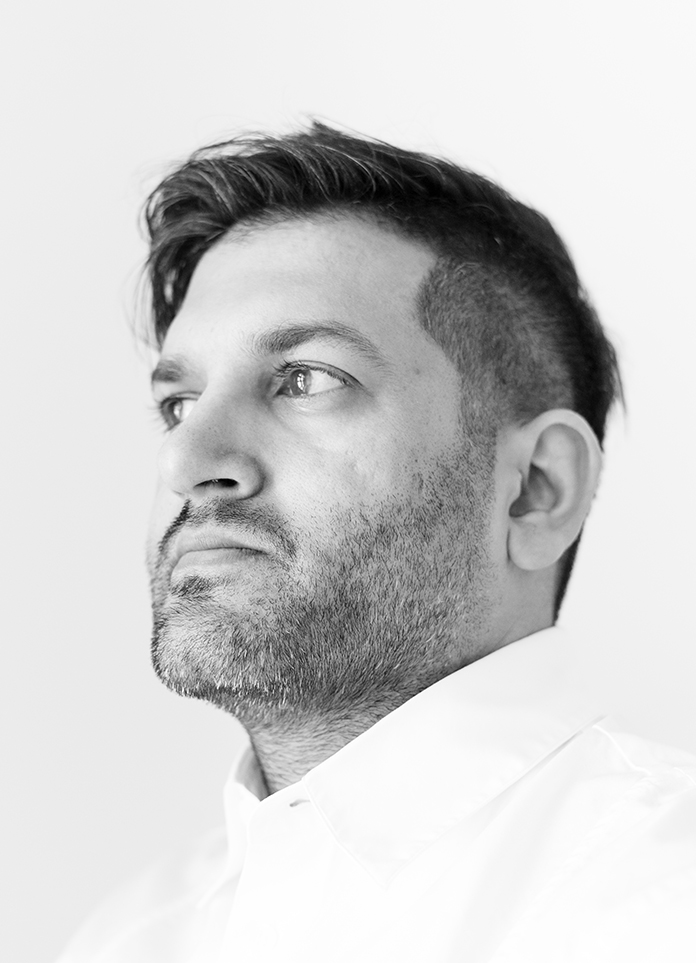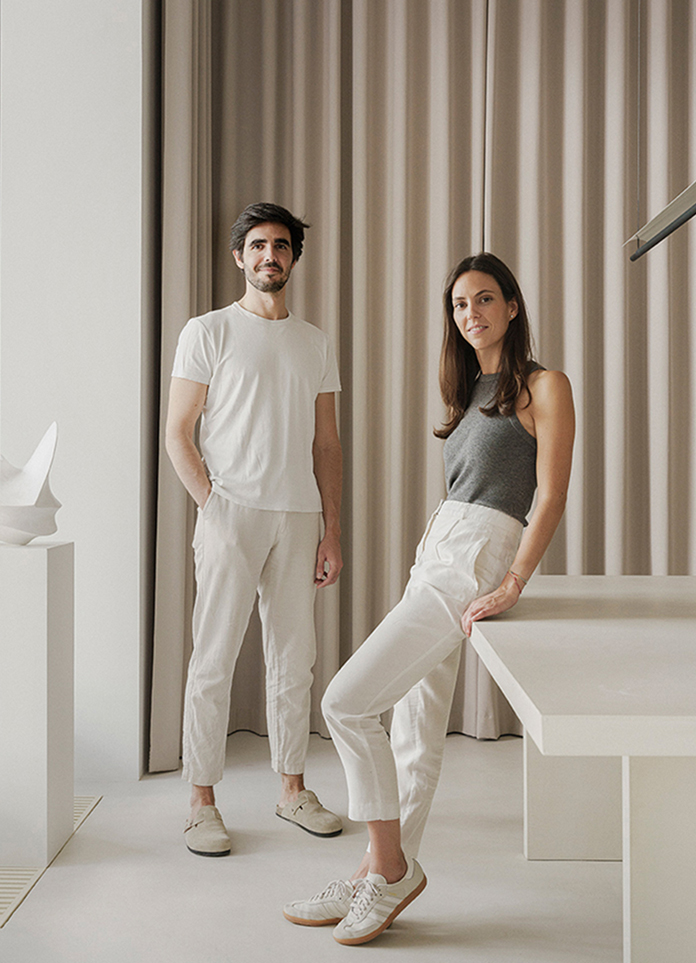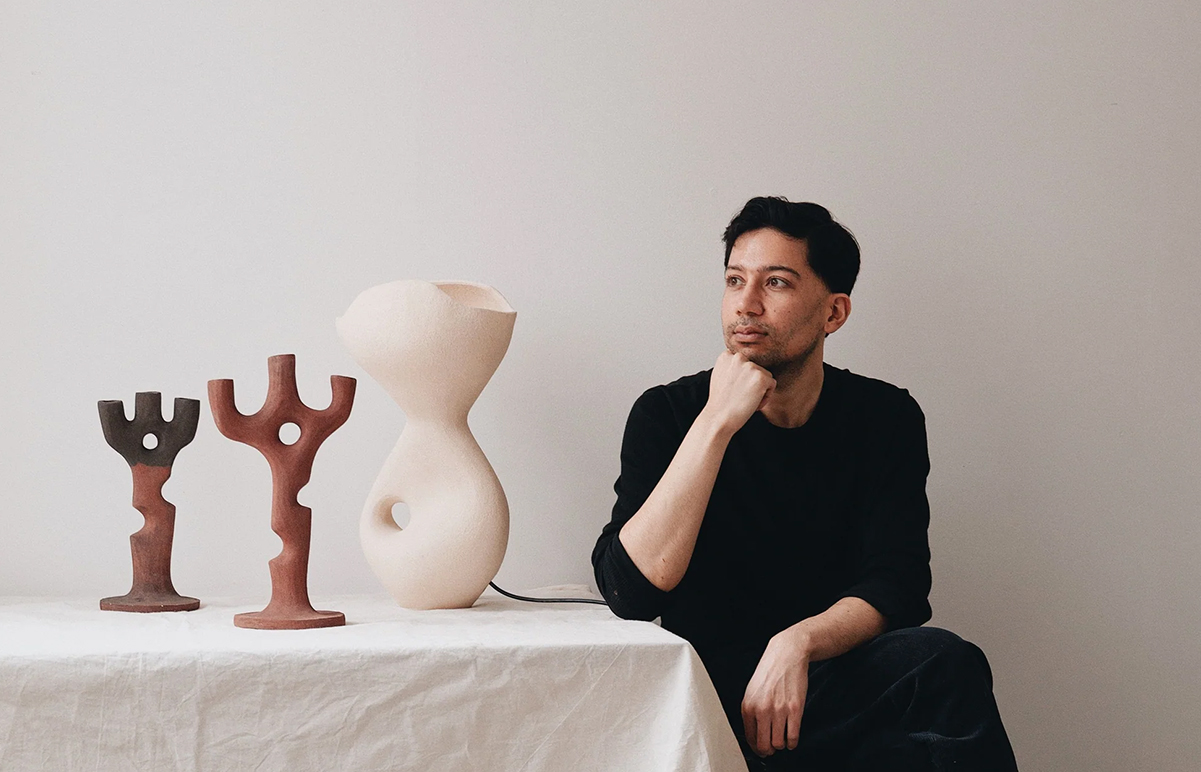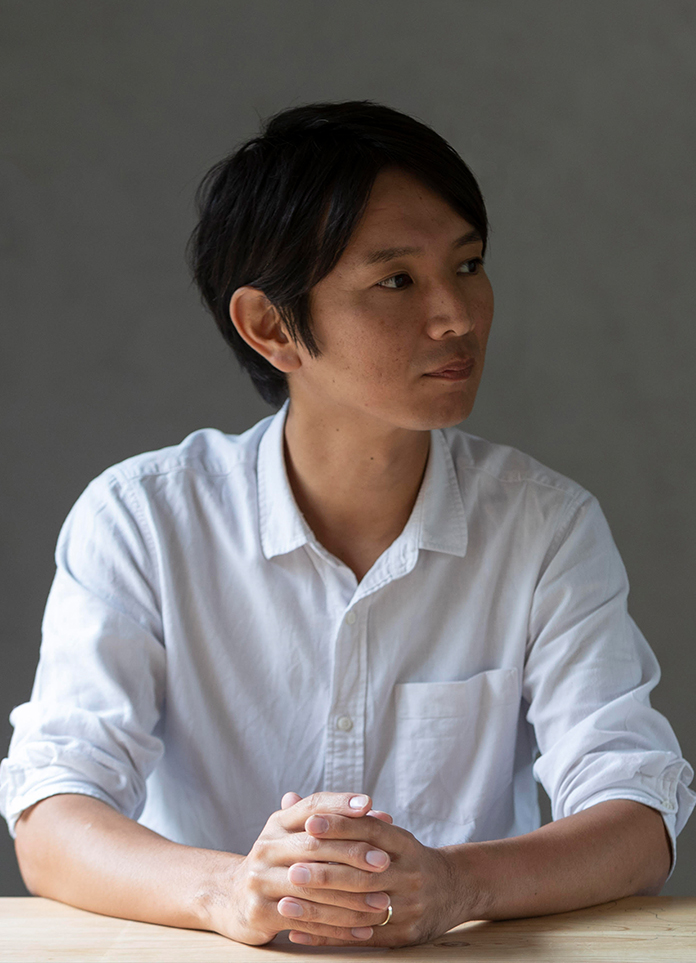
Yamada Seiichi established his own firm YAMADA Architect & Associates in 2011. He believes that the circulating weather and light, the plants and memories rooted in the land, and the feeling left by the touch of the body, these abundant elements are all necessary for the construction of buildings. He wants to use his own thoughts while pursuing beauty. Also blend into it.
Yinji: How do you understand the architecture by the doctrine of the mean?
Yamada: The Doctrine of the Mean was originally the doctrine of Confucianism. It does not refer to an average balance or standard commonality, but a state of harmony that can only be achieved without partiality.The real experience of the architecture of the golden mean was when I visited the stone garden of Ryuanji Temple in Kyoto. The stone garden is very famous because of the stone configuration and the slope of the wall. There were many tourists and students visiting that day. I managed to squeeze through the crowd before sitting down on the wide corridor facing the stone garden.
The moment I raised my head, everything seemed to be still. The built-up stone garden and the vast nature behind it are competing against each other, as if only I was touching it, and all kinds of emotions boiled over in an instant.Regarding the timeline of architecture and nature, the shortness of human life, the longing for important people, the lament of death, the joy of living in the present. More importantly, from the actual feeling of being exposed to great things beyond ordinary people, my inner emotions are aroused, which makes me deeply moved. The feeling at that time is still in my heart like a revelation.
In modern society, including architecture, almost all activities are based on people's desires. It is very difficult to use what indicators to promote. I think it was the right thing, and it collapsed in the next moment. I believe that what is trustworthy and reliable in such a world is something that is truly rooted in history, or something that has historical roots and is reconstructed.
They are neither flattery nor intimidating to nature, but establish a primitive relationship. I think that only when the relationship between the structure created by the real thing and the nature reaches the state of the mean, the field of architecture will be produced.
Yinji: Do you have your own unique ideas in your architectural design?
Yamada: I want to create buildings that evoke feelings. This is not to arouse people's homesickness, nor is it to share the melancholy emotions brought about by sharing materials. For example, the vast natural scenery in front of you, the sunlight in the dark, the texture of the material under the moonlight, etc., feel the spirituality of the building itself, and people will arouse certain emotions.
I am not interested in the part or type of personal emotion that occurred at the time, but the emotion itself. I want to share the moments that evoke emotions through the buildings we have created. Moreover, I hope that the architecture that never changes can arouse people's emotions with the changes of the times and continue to be passed on.
Yinji: Which master influenced your design? What inspired you from him?
Yamada: Although there is no one who can be called a teacher directly, I have had the experience of saving myself.The design firms that worked before independence were mainly public affairs, and most of them were done in a fixed process in accordance with the requirements of the client. For myself who dreamed of becoming an architect and starting from the beginning, it was a big impact. For a while, I even thought about it, if this is architecture, then resign.
At that time, because of a certain opportunity, I started life in a rural village without traffic lights or street lights. After returning home from get off work, I often took a walk in the village at night and walked on a night road with almost no lights. Once again, I resonated with the ancients' idea of pursuing moonlight.
The night of the new moon was shrouded in darkness that even one's hands could not see, and countless stars shone in the sky. The night of the full moon was shrouded in amazing light, so bright that you don't even need a flashlight. Under the moonlight, I held my breath while looking at the tiled houses of the old Japanese houses that had been eroded and faded by wind and rain for many years.
It emits a dim and beautiful light, as if seeing the nature of the material itself discovered through the blue light in the dark. That experience gave me a first-hand experience that not only cities and universities, but also a beautiful world everywhere. This kind of consciousness has become the strength that I still continue to build.
A painter said: "The light that does not pass through the darkness is not the real light." This kind of light is nature itself. It is discovered through the intersection with space. It is a huge thing for us. Compared with nature and architecture, human life is short. Because of this, I want to create a mysterious building that can touch great things.
Yinji: When you receive a new project, how do you get inspiration?
Yamada: Of course, I will refer to the density of buildings, the surrounding trees, the existence of the city, etc., but the most important thing is to observe the unchanging local environment-light, air, wind, climate, topography, terroir, etc.The feeling of moving around the site is also important. From the materials, you can feel the lightness of the air emitted by the nearby springs and rivers, and the weight of the air staying in the swamp.
On this basis, the environment should be loosely enclosed or isolated, the depth of the darkness relative to the light space, and the suitable materials are deduced. In addition, as a major premise, I want to look for buildings on the basis of fully affirming the ideas of the land and clients.
Yinji: Is your design influenced by Japanese traditional culture? How do you think about the functionality and artistry in architecture?
Yamada: Although I didn't particularly realize the Japanese culture and designed it, because I was born and raised in Japan, there are parts that show up unconsciously. Especially in terms of the size system, shadows, and the selection of the spatial center of gravity, it is greatly influenced by ancient temples and residential buildings, and it may be said to be Japanese.
Regarding the relationship between functionality and artistry in architecture, I don't think it must be handled equivalently. In terms of functionality, it contains a lot of very personal and vague parts.Sometimes it is enough to overcome wind and rain, and sometimes even the latest equipment specifications are required. In any case, except for the minimum elements that meet the given conditions, I don't think there is such a meaning as artistic. For me, artistry is the condition for a construct to become a building, that is, whether it can evoke feelings just mentioned.For me, artistry is the condition for a construct to become a building, that is, whether it can evoke feelings just mentioned. Artistry is indispensable in the realization of architecture, and most of the functionality is produced after the architectural space is given.
Yinji: How do you understand Wabi-Sabi?
Yamada: I think "wabi-sabi" is the beauty itself derived from the concept of impermanence. This is the same as the experience of visiting the stone garden of Long'an Temple mentioned earlier. Through the long time of contact with architecture and nature, thinking about life and death is an opportunity to arouse feelings.The arousal of this kind of emotion is beauty, and the urgency for beauty has also become the urgency for survival. I think that the spirit of "Wabi-Sabi" is to treat it as the starting point for facing one's own affairs.
- Words: Ying



















